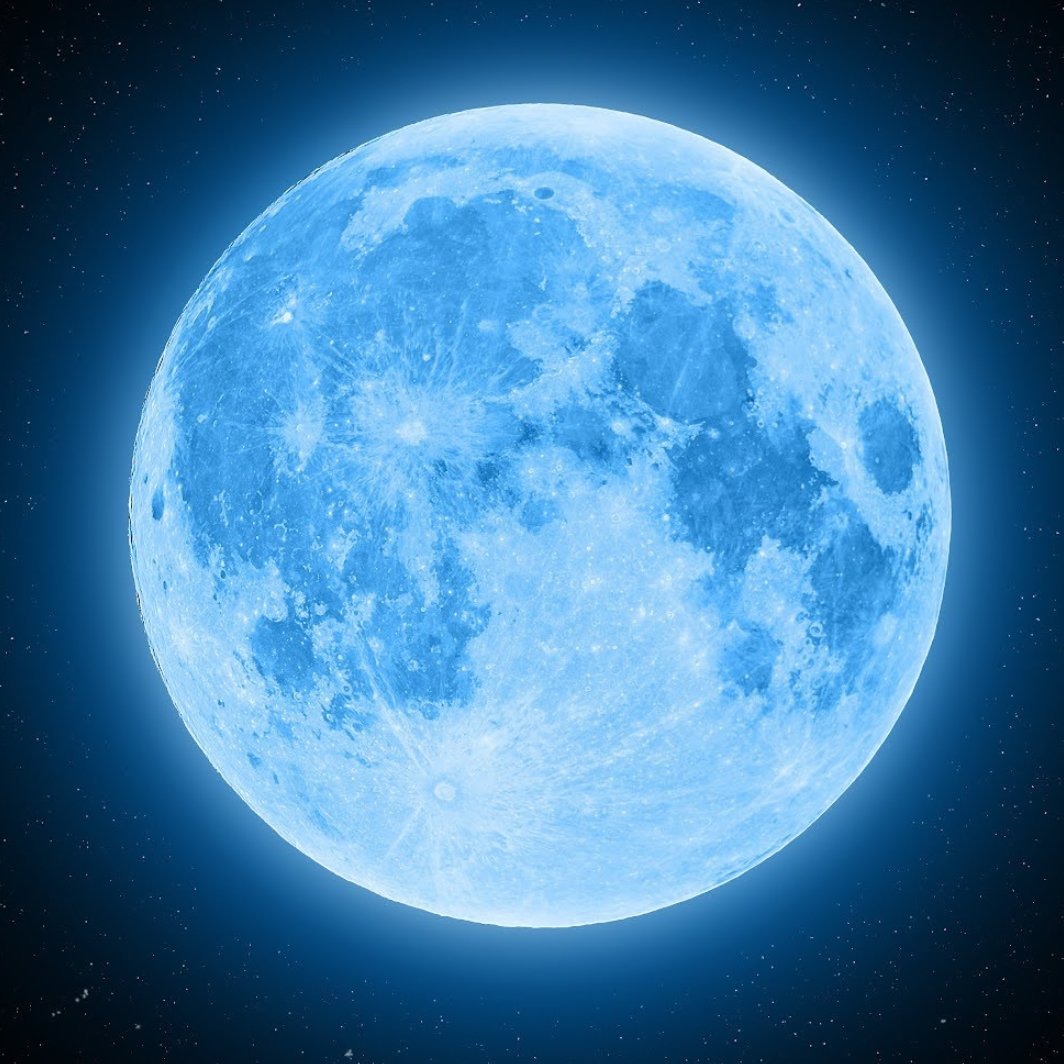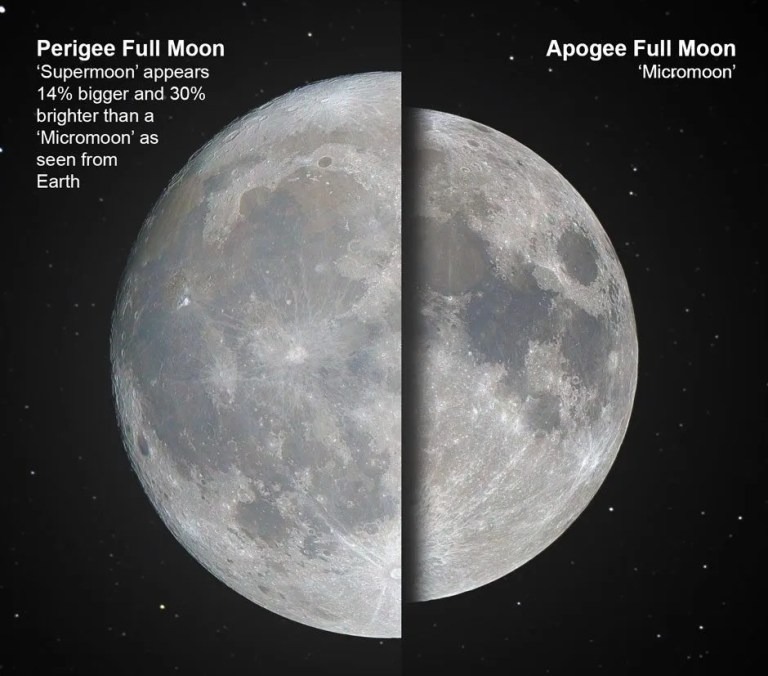On the last night of summer, the August 2023 full moon will grace the sky. It’s truly an impressive event known colloquially as the “Blue Moon.” Although a full moon occurs every month, a blue moon, which is not actually blue in color, happens less frequently—approximately once every 2-3 years. The previous one was observed in August 2021, and the next will be in August 2024.

If you feel like you’ve already seen a supermoon this month, you’re right. This is the second supermoon of August 2023, when the full moon occurs near perigee, the closest point in the Moon’s orbit to Earth. At the beginning of August, we witnessed the Sturgeon Moon, which made our night sky enchanting.
The Blue Supermoon is the largest and brightest of the year. The peak of the moon’s full illumination will occur at 4:35 Kyiv time on August 31. It will appear as a perfectly round orb throughout the entire night, so there’s no need to wait for a specific moment to observe it with the naked eye.
The full moon will be accompanied by the bright planet Saturn in the night sky. A bit later, during the night from August 30 to 31, 2023, Jupiter will set, and closer to dawn, Venus will be visible.
And what is a supermoon exactly?
Despite the term, the word “blue” doesn’t mean that the moon’s disk takes on a blue hue during these nights. This requires specific meteorological conditions.

A supermoon occurs when the full moon, moving in its elliptical orbit, approaches the Earth, reaching a point known as perigee. Various sources define different threshold distances for what qualifies as a “supermoon,” since the moon’s orbit is constantly changing and during various perigees, it can be closer or farther from Earth.
This time, the distance between Earth and the Moon will be approximately 357,000 km. This is close enough for our natural satellite to appear about 7% larger than usual. Furthermore, it will be 15% brighter, making it the brightest moment of this year’s nights.
Earlier, we reported on how we observed the Worm Moon for two consecutive nights this spring.
Based on materials from spaceexplored.com.
